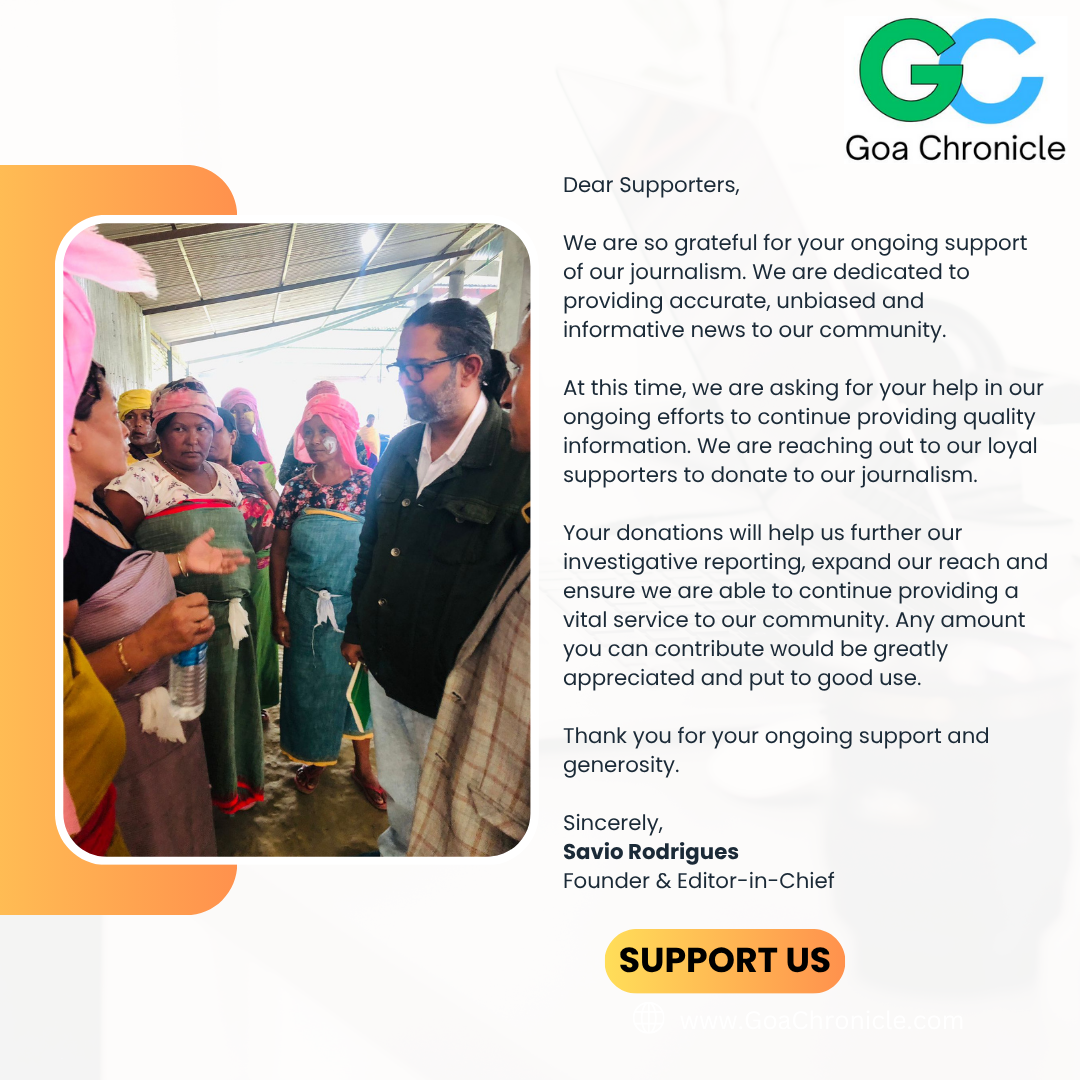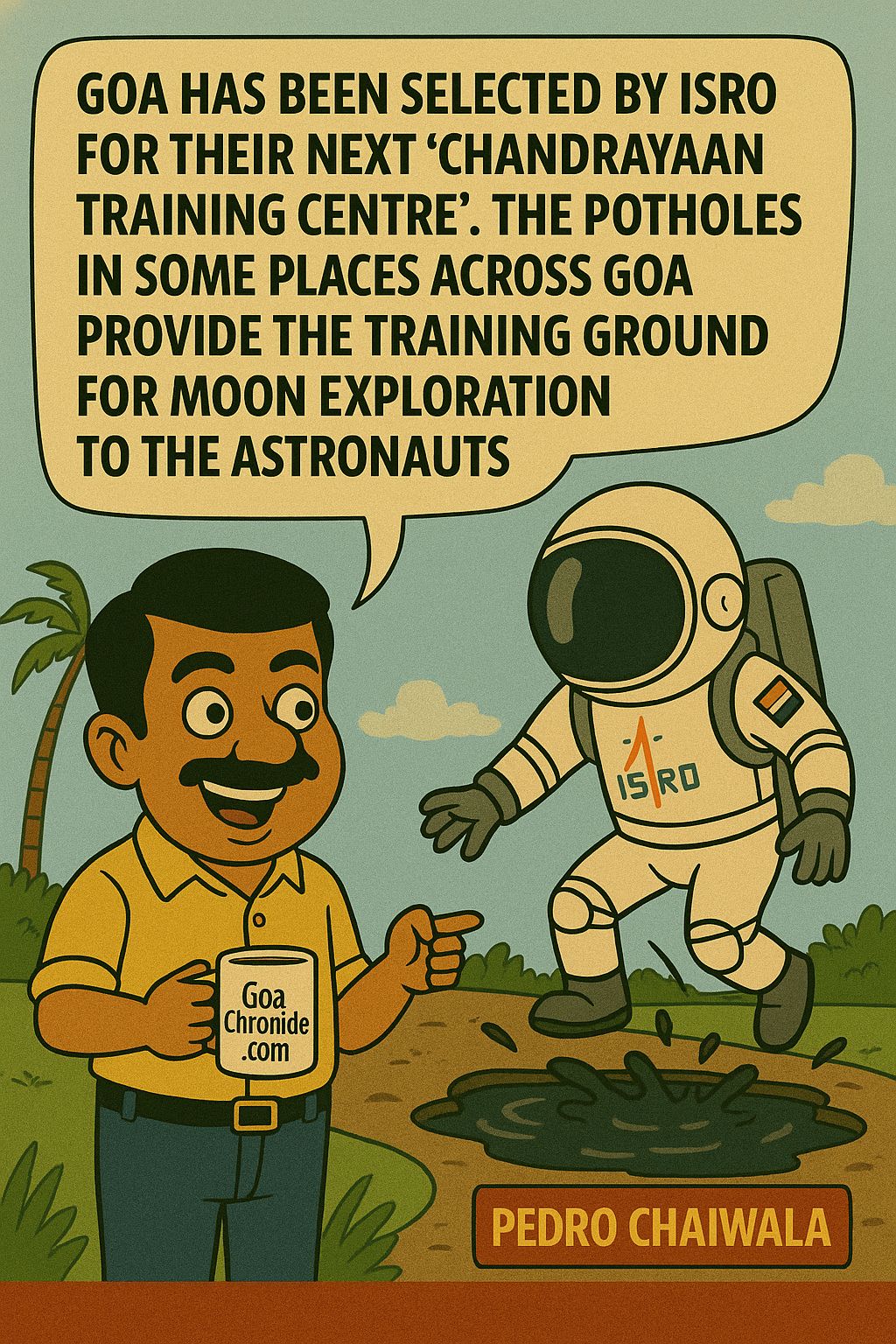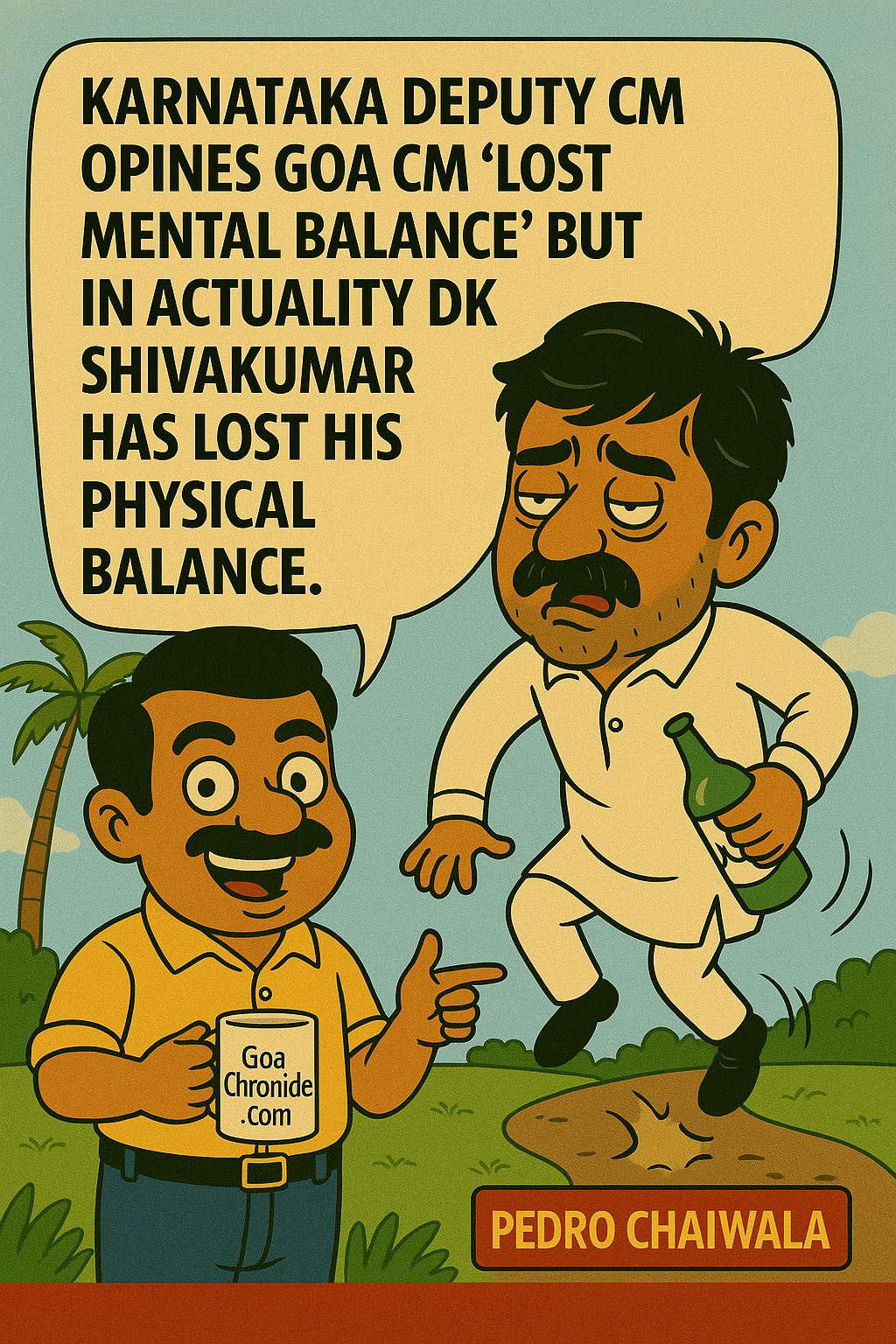Readers/viewers have often questioned the use of the word “Curates egg” for IPKF as the foray is perceived to have nothing “good” as things went unfavorably for India while fighting the LTTE. However, many veterans have averred that this exposure would stand them in good stead to tackle future militancy. They recall this operation as a defining moment in their careers in terms of valuable exposure and fresh insights gained considering the last major war fought by Indian Army, was in 1971 (It may be remembered that as soon as IPKF DE inducted to mainland in March 1990 there were two full blown terrorist movements underway in Punjab and J&K)
[su_image_carousel source=”media: 103199,103200″ align=”center” dots=”no” link=”image” autoplay=”3″ image_size=”full”]
Readers should watch this space for the forthcoming release of the book
“Forgotten Glory” on the IPKF.
The Sappers or Engineers in the Indian Army undertake a wide variety of combat engineering tasks. The word sapper means literally digging underground. A sapper, also or combat engineer, is a combatant who performs a variety of other technical duties such as:
- breaching fortifications
- demolitions
- bridge-building
- laying or clearing minefields
- preparing field defenses
- road
- Airfield construction and repair.
They are also prepared to serve as back up to infantry personnel in defensive and offensive operations in case of contingency, underlying their versatility. They had a major role to play in reconstruction of Jaffna Town after the initial heavy devastation in Oct 1987. Mine /IED clearance was the major role of the Sappers in OP PAWAN. The Indian sapper recruit has one of the longest periods of training in the Regimental Centre i.e. two years which is more than the Infantry man (1 Year), while speaking to Col OM Shreesh Kumar a Veteran of many of the battles fought by the Engineers in the war zone since 1986 as also in OP PAWAN and later OP VIJAY. He spoke at length about the challenges in the “Emerald Isle” and how the Sappers measured up to the threats in a hostile environment and out of country operation.

Lt Col Shreesh Kumar is an alumnus of the NDA (National Defence Academy) Khadakwasla, IMA (Indian Military Academy) Dehradun and was commissioned into the Corps of Engineers, the Bombay Sappers in June 1986. An Army veteran with 22 years’ service, he has served in the IPKF in Op Pawan Sri Lanka for two years and two months, OP VIJAY in Batalik sector, OP RAKSHAK in J&K and high-altitude areas in Arunachal Pradesh, HP and J&K. Lt Col Shreesh Kumar is a graduate mechanical engineer from CME Pune and an M.E. from Indian Institute of Science (IISc) Bangalore. He served as faculty in the CME Pune and has worked with the ATVP project in Visakhapatnam. He is a certified lead auditor for QMS ISO 9001: 2015, BCMS ISO 22301: 2019, ISMS ISO 27001: 2015, certified AMFI and also certified master corporate trainer from American TESOL. He took premature retirement from the Army in 2007 and joined the corporate sector where he worked as head of operations and projects, besides pursuing his passion for entrepreneurship in work force and organization development. Col Shreesh Kumar also runs a real estate consultancy. He teaches project management and communication skills to management students.
To read all parts of IPKF- The Curates Egg:
Part 1: https://goachronicle.com/the-indian-peace-keeping-force-in-sri-lanka-a-curates-egg/
Part 2: https://goachronicle.com/the-curates-egg-ipkf-and-indo-sri-lanka-accord-of-29-july-1987-part-2/
Part 3: https://goachronicle.com/ipkf-3-the-curates-egg-turn-of-the-tide-jaffna-medical-university-helidrop/
Part 4: https://goachronicle.com/ipkf-curates-egg-part-4/
Part 5: https://goachronicle.com/ipkf-5the-curates-egg-warriors-of-a-lesser-god/
Watch the webinar on IPKF: https://youtu.be/tUX3j2GPwU4
Goa Chronicle: The Engineers have a major role to play in assisting the assaulting troops in battle and are often first to enter and last to exit in conventional war. How was the engineer’s role different in OP PAWAN having seen various other operations such as OP VIJAY?
Lt Col Shreesh Kumar: I operated in Sri Lanka in ‘Operation Pawan’ as part of my combat unit during the period from October 1987 to Dec 1989. In October 1987, when hostilities broke out, much of the LTTE along with the leadership was concentrated in Jaffna. Hence the immediate mission was to wrest total control of Jaffna from the LTTE. The ops in October 1987 were very intense in Jaffna unlike the other sectors viz., Trincomalee, Vavuniya and Batticaloa. Unlike Op Vijay and counter insurgency operations, the operation in Jaffna was FIBUA (fighting in built-up area), with the roads leading to the town lined on either side with bungalows and dense groves of coconut palm trees. Five infantry brigades along with combat support arms were tasked to advance along a road axis each and complete the capture of key locations and Jaffna town. Our advancing troops were subjected to heavy resistance by the LTTE, and progress was made literally fighting from one house to another along the roads as well as through the thick foliage covering the countryside. Constant sniper fire from atop palm trees, ambushes and improvised explosive devices (IEDs) deployed in large numbers by the LTTE along the roads and in the shrubbery impeded the advance to a very great extent. The task of the Sappers (Engineers) in advance / attack operations is to ensure mobility of the advancing force by clearing the area ahead of all types of obstacles and impediments and further the commander’s operational plan. IEDs deployed by the LTTE were in the form of well camouflaged claymore mines manufactured locally in various sizes, some of them as big as the front grille of a truck, buried jerrycans and drums, filled with explosive and detonated remotely with connected and buried command wires. All these IEDs were filled with ball bearings and scrap iron pieces thus multiplying the lethality manifold. Booby traps using RPG rounds and grenades too were deployed on a large scale by the LTTE. All these packed a heavy punch, so we had the onerous task of clearing/neutralizing the IEDs and making safe the area ahead for move of troops and vehicles which included precious combat assets like infantry combat vehicles and battle tanks, which had to operate in extremely restricted areas with no space for maneuver, thus making them very vulnerable to attack by IEDs. The LTTE was using power drawn from switchboards of houses to initiate detonation of the deadly IEDs which caused large number of casualties among our troops as well as other combat hardware. When power supply was dis-connected they resorted to use of battery power and kept the blasts going. The Sappers worked tirelessly with other combat troops to maintain momentum of the advance. The degree of difficulty was very high on account of the lack of basics like maps. Our mine detectors, which in conventional warfare are used to pinpoint mines by detecting the metal parts in them, proved to be largely ineffective as the explosives were invariably packed in plastic containers. Large quantities of explosives filled in drums were buried with metallic detonators deep in the soil, beyond the detection range of the conventional mine detectors. It was then that we felt the pressing need to have explosive sniffers, which detect explosive vapors from mines.
After the capture of Jaffna town, our formation moved to Vavuniya. We operated in the jungles with the infantry, seeking out LTTE hideouts/camps. Booby traps incorporating trip-wired grenades and pressure mines were a common feature. Towards the end of our stay in Sri Lanka, i.e., in 1989, we operated in Trincomalee sector, where the frequency of operations was quite low due to the stability that had set in. To secure likely targets of LTTE like culverts, crossings etc., we would booby trap such places with our own IEDs fabricated out of jam tins ranging from 100 grams to 1 kg capacity, plastic explosive and pull/pressure/release switches, and these proved quite effective after the LTTE experienced its destructive potential the hard way. Such IEDs were also deployed by us around our own posts, along likely attack approaches of the LTTE. It’s another matter that just before de-induction from the island we were ordered to sanitize all these areas in line with our commitment to make the countryside safe for the populace. That was a very difficult task, fraught with extreme danger, but professionally executed to the credit of our Sapper teams. Sanitization of roads, helipads and jetties were the other routine tasks that we carried out.
Apart from combat tasks, we executed number of rehabilitation tasks of public assets like school and govt buildings, earthmoving tasks, blasting wells, provision of captive power supply and water supply among others. As engineers, we were also involved in activities of the Civil Military Liaison Cell (CMLC) which functioned to provide succour to the civil population.
We were also involved in the task of raising and training the CVF (Civil Volunteer Force), which was to serve as the armed law enforcers of the North Eastern provincial Council, a provincial government that was set up with the backing of the IPKF to fulfil local aspirations. But it was also painful to see that this provincial government collapsed after the departure of the IPKF and most of the armed CVF ended up joining the LTTE with all their hardware.
[su_image_carousel source=”media: 103196,103195″ align=”center” dots=”no” link=”image” autoplay=”3″ image_size=”full”]
Goa Chronicle: The IEDs became a major nuisance for the Indian Army causing more than 3000 casualties. What are your comments and experience on the challenges faced in tackling this menace?
Lt Col Shreesh Kumar: Technically, the chain of detonation retains the same components in all cases. However, as opposed to conventional mines, IEDs are devices without any standardized design or dimensions, and the imagination can be stretched to the limits of one’s creativity. Rather than a nuisance, IEDs had become the cause of large number of casualties. I acknowledge the versatility, sharpness, intelligent and effective deployment of IEDs by the LTTE. We had mine detectors which basically detected metal content. But it proved to be of very limited use to detect IEDs in plastic containers, especially when buried deep or concealed in inaccessible places. After the initial experience of encountering this deadly menace in battle, one developed a sense to suspect the presence of an IED, call it sixth sense if you please, born out of a desperate human survival instinct. The LTTE used to leave tell-tale marks of identification, like cuts on a tree, cow dung smeared on the ground, symbols on walls or specific objects hanging on a tree branch to indicate the presence of an IED at the spot, to their own fighters. If detected, an IED was destroyed by us using explosive charge there itself, provided there was adequate cover to shelter our operating troops. Even the most modern and well-equipped armies have limited countermeasures against IEDs. They are mostly only protective measures like bullet proof jackets, bomb suits, mine goggles, gloves, helmets etc., some of which may be too unwieldy to be used in fast moving operations. It is to the credit of our tough and intrepid soldiers that they adapted to the scenario in no time and went on to thwart many an attempt by the LTTE to catch us on the wrong foot. For then young officers like me, it was baptism in leadership under fire, and we proudly cherish the memories of those challenging times, wherein we improvised and innovated within the limited resources at our disposal. In recent years the wars in Iraq, Syria and Afghanistan have shown IEDs to be a major cause of casualties. When they do not possess precision guided munitions (PGMs), a third world army or active militant/rebel group would resort to IEDs as the most preferred option to wreak havoc on the enemy.
Goa Chronicle: How well are we prepared to tackle IED’s in today’s scenario?
Lt Col Shreesh Kumar: Other than explosive detectors which work on detection of explosive vapors in the air or neutron based IED detection systems, there are no cent per cent effective countermeasures against IEDs. There are electronic jammers which can render safe an IED only if the IED activation mechanism uses radio waves to trigger the chain of detonation and this is being used for VIP protection. However, the state of the art is neutron based IED detection, the theory of which was first proposed by Enrico Fermi in 1950 as a non -intrusive, chemically specific method. In this method a neutron generator emits a directed and collimated neutron beam ahead, and when it interacts with a hidden IED, the explosive materials emit characteristic radiation signatures that are detected by a remote sensor mounted on a vehicle or a drone. For e.g., when a neutron-nitrogen interaction occurs a 10.8 MeV gamma ray is emitted, which can be picked up by a sensor. Likewise, detection of emissions from neutron interaction with hydrogen, oxygen and carbon, which are the other key elements in an explosive, along with their quantum, give an indication of the type of explosive in an IED. Hand-held detectors have a standoff distance of just about a metre, but a system with 1000 times more neutron generation, with standoff distance as much as 20 metres has been developed and proven in the field by Industry-Army co-operation in the USA. Such a system has the potential to save the precious lives of hundreds of warfighters and civilians in a war zone. Any such technology is yet to be incorporated in our combat systems here. Therefore, sensitization of troops and personnel of security agencies operating in the field, to the likely looming threat of IEDs is extremely important. Use of IEDs is a low cost-high gain option and the possible permutations and combinations are endless. High quality of training, detailed knowledge of explosives and their characteristics, awareness and practice of detection and response drills are the only viable options. This also applies to security agencies involved in VIP protection, guarding of sensitive establishments and public places like airports, seaports and railway stations. Use of remotely controlled robots is an option only in places like airports, parliament house or some sensitive static high value national asset. With increased consciousness of the value of human life, I hope state of the art systems will be integrated into our response systems at least now. Till then, the wealth of experience from operations in the last 35 years or so, and the wisdom of hindsight, will stand us in good stead, to be well prepared to tackle IEDs in today’s scenario, despite the risk or uncertainty not having decreased one bit.
[su_image_carousel source=”media: 103194,103193″ align=”center” dots=”no” link=”image” autoplay=”3″ image_size=”full”]
Goa Chronicle: You were in the thick of battle in Jaffna in the initial stages. Can you recount any experience which is vivid in your mind?
Lt Col Shreesh Kumar: It took about 16 days for the IPKF in Jaffna to wrest control from the LTTE and secure the town. Other than the cadres which perished in the fight, the remaining LTTE, along with the top leadership escaped to the jungles of Vavuniya and Mullaitivu, where our brigade would land up later. By end October, there was a reorganization and redeployment of our troops amidst the stench of death and destruction pervading the environment. On 28th Oct 1987, which happened to be my birthday, my field company was getting re-organized and moving to Palali air base from Urumpirai. During the move my platoon and I were pinned down by LTTE fire and we had to extricate ourselves from the firefight by breaking contact, fortunately without any casualty in that instance. Although I experienced many a combat situation in Jaffna, Vavuniya and Trincomalee, I’ll never forget that one on my birthday of 1987!
Goa Chronicle: OP PAWAN is often described as India’s Vietnam? Is that a correct description in terms of experience and ignominy faced by troops on return to India?
Lt Col Shreesh Kumar: As per me, it would not be a totally correct description. The American Armed Forces had a clear mandate that is to stop the North Vietnamese communists from taking over South Vietnam. In the 14 odd years that the USA fought in Vietnam, they suffered 58,220 soldiers’ dead. They used every weapon in their inventory, including fighter aircraft, helicopter gunships and napalm too. Yet they failed to defeat or even contain the North Vietnamese Army.
The IPKF, which operated in Sri Lanka between July 1987 and March 1990, on the other hand had changing and confused mandates. The first principle of war viz., “Selection and Maintenance of Aim” itself was flouted. Initially as per the accord, it was to maintain the peace and truce between the Sri Lankan Armed Forces and the LTTE and other militant groups. But when hostilities broke out between the LTTE and the IPKF after the LTTE reneged on their promise to follow the accord, we were told not to engage the LTTE with heavy weaponry. It’s a different matter that subsequently after sustaining heavy casualties in operations, we did use artillery and helicopter gunships as well. The political and senior military leadership of the time didn’t have their ears to the ground. We should be proud of the fact that without resorting to unacceptable means like napalm, the IPKF had fought extremely well and weakened the LTTE, keeping them on the run.
Personally, I do not think ignominy of any sort was faced by the IPKF after we returned to India. We did our job in trying circumstances and we did it well with a reasonable human rights record and minimum collateral damage. That the Indo Sri Lanka Accord went nowhere is a matter of failure of foreign policy or poor statecraft on part of the government and not because the IPKF didn’t deliver. With a change of government at home and Mr Premadasa as the new president of Sri Lanka, the IPKF was asked to de-induct from the island. Yes, the then CM of Tamil Nadu, Mr Karunanidhi refused to welcome the returning IPKF, saying they are the murderers of Tamils. And in general, our countrymen were blissfully ignorant or didn’t care what the IPKF did in Sri Lanka. As such, even the literati couldn’t care less. Maybe it’s just an Indian trait. But the service of the IPKF has never been publicly acknowledged and it’s a great disservice to the memory of those brave hearts who made the supreme sacrifice in a foreign land.
[su_image_carousel source=”media: 103192,103191″ align=”center” dots=”no” link=”image” autoplay=”3″ image_size=”full”]
Goa Chronicle: Do you feel the government has honored the IPKF soldiers adequately as far as legacy is concerned?
Lt Col Shreesh Kumar: No, not at all. In-spite of the fact that the Force executed all missions while carrying the burden of the attendant gross inadequacies of military inputs and wherewithal, the service of the IPKF has been progressively sidelined, ignored and attempts made to consign it to the dustbin of history. Probably because it is a stark and enduring reminder of the ineptitude and rank incompetence of the politico-bureaucratic and senior military leadership of the time to shed their ambivalence and prosecute a bold foreign policy. But from the present dispensation, the least we expect is acknowledgement of the service of the IPKF as an instrument of implementation of national will, and an initiative to commemorate the IPKF every year in a befitting manner. Let that be a tribute to those who fell in battle as also to all the surviving soldiers of that operation. Let peace and calm reign in the hearts and minds of those veterans, who once fought with dedication for a cause that was not theirs.
[su_image_carousel source=”media: 103191,103190,103189″ align=”center” dots=”no” link=”image” autoplay=”3″ image_size=”full”]
[author title=”Shefali Kochhar,” image=”http://goachronicle.com/wp-content/uploads/2021/04/Screenshot_20210321-160233_LinkedIn.jpg”]Journalist, Goa Chronicle .
I am an entrepreneur who has tried her hands on various ventures like Electric Vehicle Charging Station , Online Retail Store / Trading and few more ventures. I have done my entrepreneurship from Amity University Noida.
Read My Other Articles
[feed url=”https://goachronicle.com/author/shefali-kochhar/feed/” number=”5″]
[/author]

































